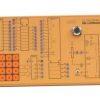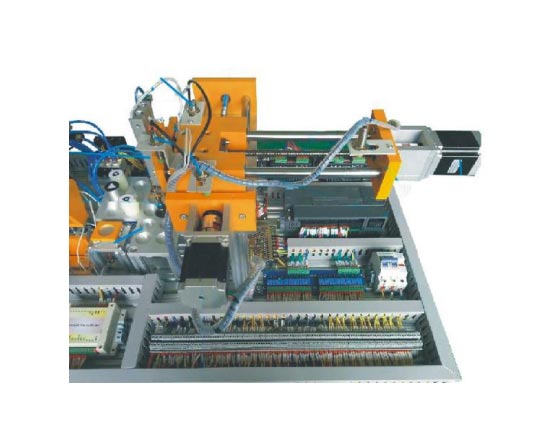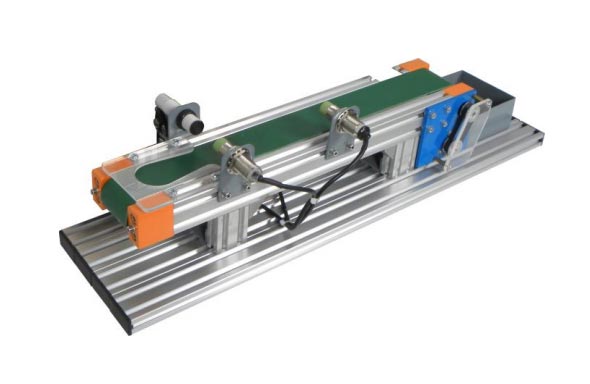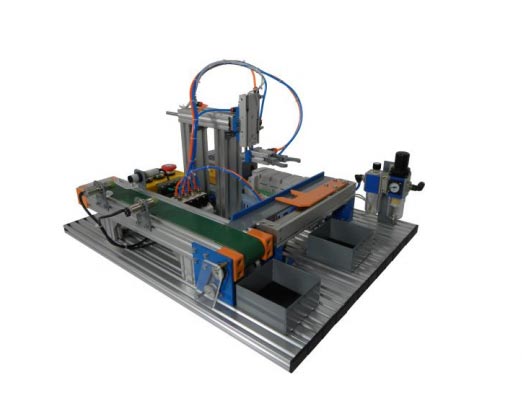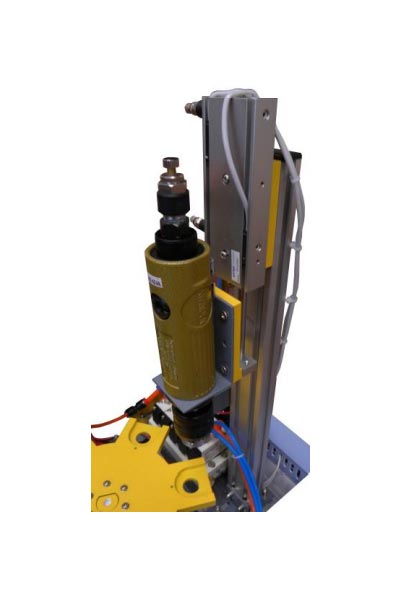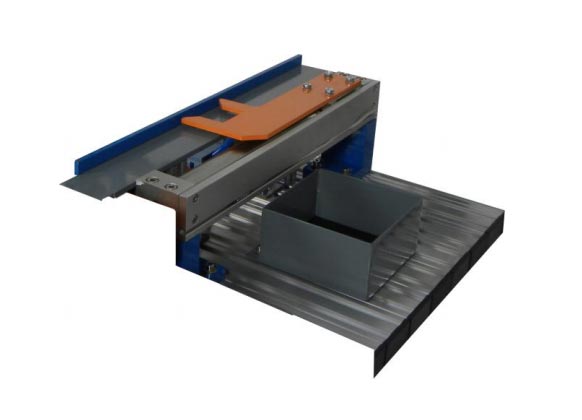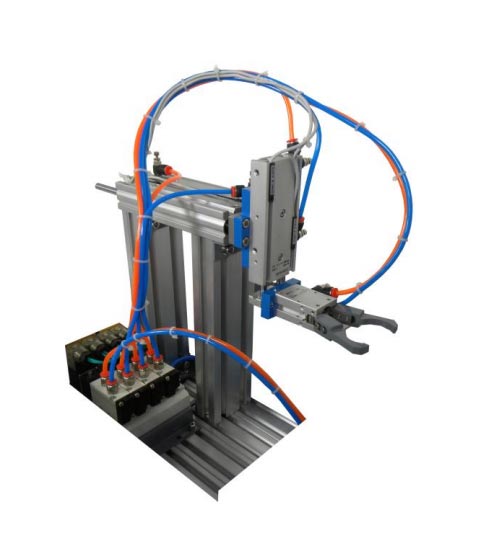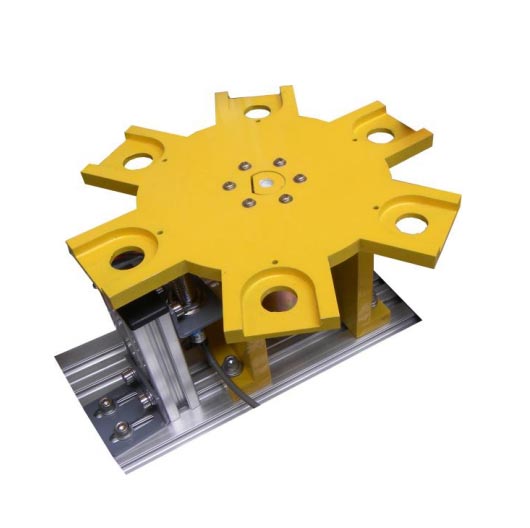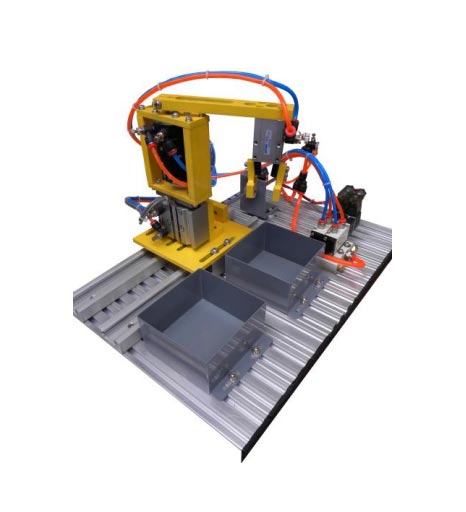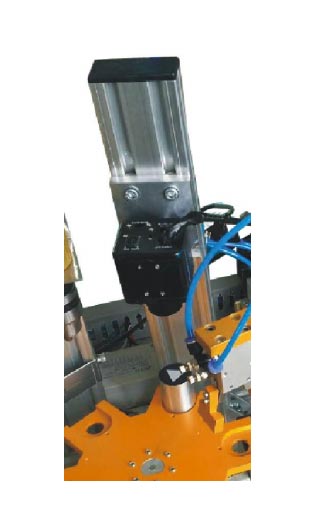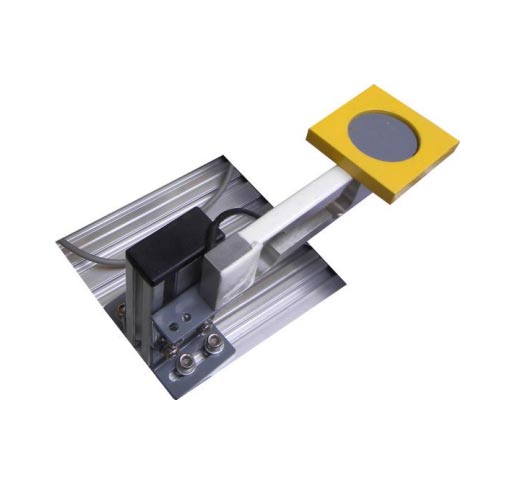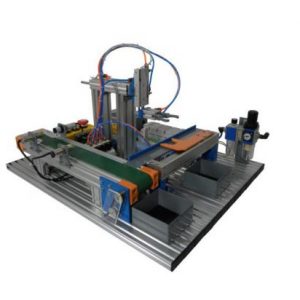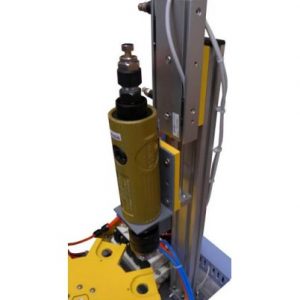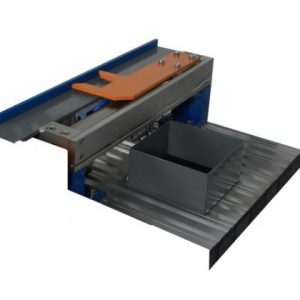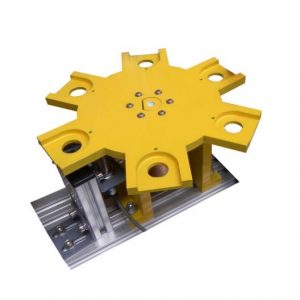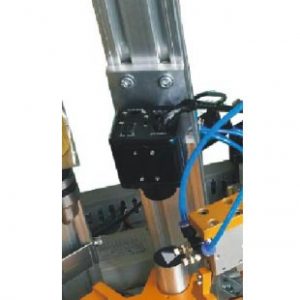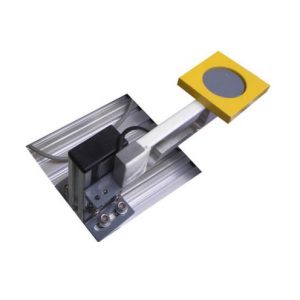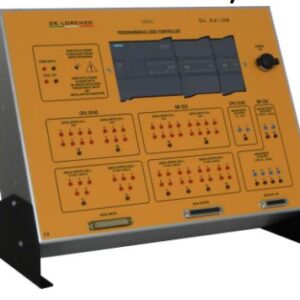CIM – Manufacturing and computer integration
Computer integrated manufacturing (CIM) is a manufacturing method in which the entire manufacturing process is computer controlled. Typically, it relies on closed-loop control processes, based on real-time input from sensors.
De Lorenzo’s proposal for CIM automation products is specially designed for engineering graduates. Students can study theory and work with systems to gain a solid knowledge of CIM, enabling applications to transform in the following teaching areas: Automation, Pneumatic, Mechatronics, Electrical element, process control, etc.
Our system consists of different modules, each of which recreates a basic application commonly used in industry.
Each module is composed of real electronic, mechanical and pneumatic components and has specific functions. As a computer integrated system, the output of an activity acts as input to the next activity, through a series of events. The entire system is controlled by a programmable logic controller (PLC) and it can be configured to execute a complete procedure.
The basic modules are as follows:
- Conveyor module
Linear displacement module
Loading and stacking module
Six-position turntable
Inspection system
Drilling module
Arm unloading
Weighing module - Queue module
Conveyor module
Materials are transported with linear motion by a conveyor driven by a DC motor. This unit moves materials / objects from one end to the other. Sensors are used to sense the presence of material parts. This is a microcosm of a real industrial conveyor system.
Linear displacement module
Linear displacement module is an electro-pneumatic linear actuator. The magnetic switch is fixed to sense the position of retraction and ejection of the actuator. The linear movement module transfers the material from the conveyor to the unloading and stacking Module with the help of a pneumatic rod and double acting cylinder.
Loading and stacking module
The loading and unloading module is fully controlled by compressed air. There are three main components in this module: a vertical arm (vertical double acting cylinder), a horizontal arm (horizontal double acting cylinder) and an angle clamp (double acting angle clamp to hold the product). The magnetic switch is fixed to sense the position of retraction and ejection of the actuator. Loading and unloading module from Linear transfer module to the next module with the help of vertical arms, horizontal arms and angle clamps.
Six-position turntable
The six-position turntable consists of a horizontal circular working table on which the workpieces are placed for processing. Fixed workbench position to workpiece for each work end to complete the sequence of machining operations.
Drilling module
Simulation module of workpiece drilling. PLC recognizes vertical double acting cylinder to locate drilling equipment near workpiece and start drilling equipment.
Inspection system
The image inspection system is a compact image sensor, used for quality control testing in automated production lines. Image inspection system operates by the method of visual sensor. The image inspection system basically analyzes an image obtained from a video camera, displays it and reports its characteristics to the system controller.
Arm unloading
The unloading arm or the Horizontal Loading and Loading Module is an electro-pneumatic system in which motion is controlled by linear and rotary actuators. This system acts as a Loading and minimizing robot with a limited path application. The unloading arm is used to transfer parts or workpieces from one machine to another.
Weighing module
The weigh module consists of two components: the load cell and the circuit. The load cell creates a variable resistor value relative to the weight of the object placed on it. The circuit receives, processes and sends this value to the analog input of the PLC, where the corresponding workpiece weight is located on the load cell.
Queue module
The queuing module is used to stack (place) workpieces in a specific order. Our XY queue module is a stepper motor control module. The motor controls the movement and position of the axis of the Queue Module. To perform the job, a device is provided to control the double acting cylinder. The cylinder will expand and retract to receive or distribute the embryo.
Software
The system includes software for programming PLC.
PC is not included.
On request, it can also be supplied with Monitoring, Control and Data Acquisition (SCADA) software with a 7-inch Human Machine Interface (HMI) screen.
Software interface with PLC CIM’s.
Ordering code for CIM versions including SCADA software is as follows:
DL CIM-AS for DL CIM-A
DL CIM-BS for DL CIM-B
DL CIM-CS for DL CIM-C






